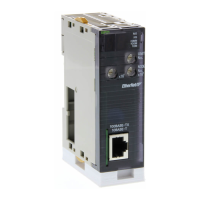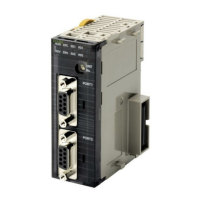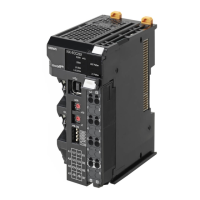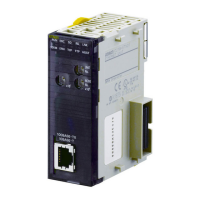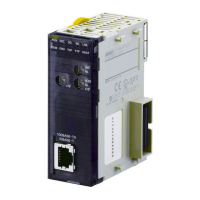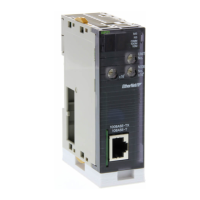39
Comparison to Previous Products Section 1-7
Reception buffer clearing
timing
Half-duplex Before executing sequences.
Before executing RECV
processing.
Before executing sequences.
After executing SEND
processing.
Upon FLUSH command
execution.
Full-duplex None Before executing sequences.
Upon FLUSH command
execution.
(Unit Ver. 1.2 or later: Either
clear or hold before executing
sequences.)
Reception buffer recep-
tion processing
Half-duplex Only during RECV processing. Except when executing SEND
processing.
Full-duplex None During sequence execution
(reception processing not
performed except during
sequence execution).
Character trace reception
records
Half-duplex Recorded except during SEND
processing.
During sequence execution
(even during SEND processing)
Full-duplex None
Transmission control
signal operations
RTS signal RTS/CTS flow control: RTS sig-
nal turned ON when reception
buffer reaches 200 bytes.
Modem control: RTS signal
turned ON when data is sent
and turned OFF when send is
completed.
RTS/CTS flow control: RTS sig-
nal turned ON when reception
buffer reaches approximately
2Kbytes.
Modem control: RTS signal
turned ON when data is sent
and turned OFF when send is
completed.
CTS signal RTS/CTS flow control: Data
send is on standby when CTS
signal turns ON; data can be
sent when CTS signal turns
OFF.
RTS/CTS flow control: Data
send is on standby when CTS
signal turns ON; data can be
sent when CTS signal turns
OFF.
ER signal Modem control: ON when
sequence execution is started,
OFF when completed.
Turns ON only for modem con-
trols.
Modem control: ON when
sequence execution is started,
OFF when completed. Also can
be turned ON or OFF as
required during modem control
by executing OPEN to turn ON
the ER signal or by executing
CLOSE to turn OFF the ER sig-
nal in sequence steps. The ER
signal can also be controlled
across multiple steps.
During RTS/CTS flow control and modem control, the ER signal
will be controlled according to modem control operations, the RTS
signal will turn ON when sending, and the RTS/CTS flow control
operations will be used for the RTS and CTS signals for
receptions.
Synchronization with CPU Unit after start of sequence
execution
None The WAIT command can be
used to stop transitions between
steps to allow transitions from
the CPU Unit.
This is useful, for example, to
perform processing in the CPU
Unit after a specific step but
before executing the next step.
Item C200HX/HG/HE CS/CJ

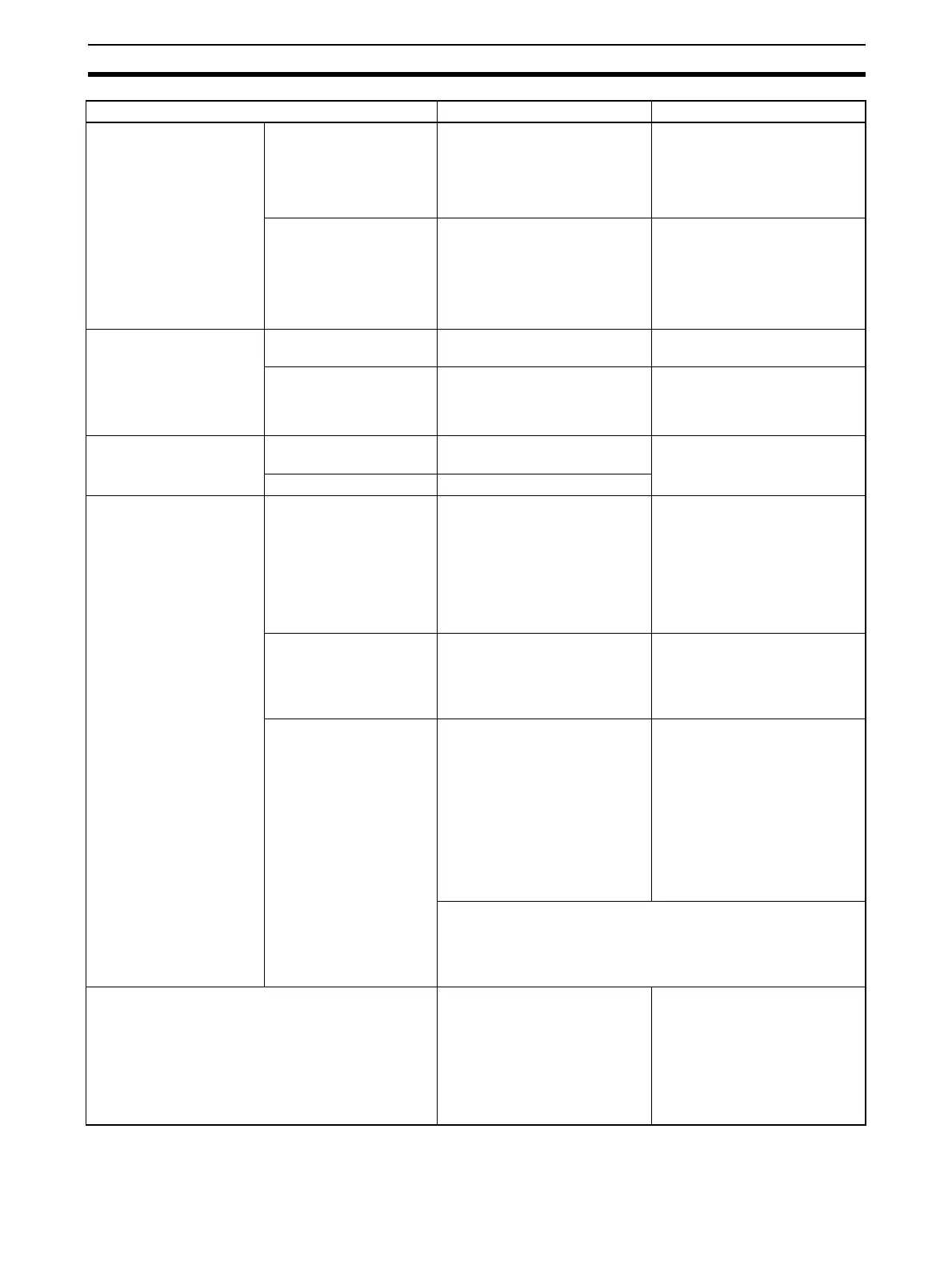